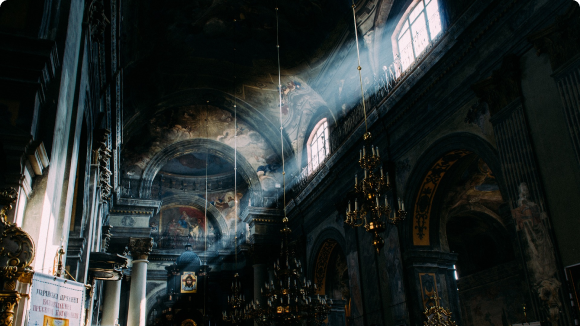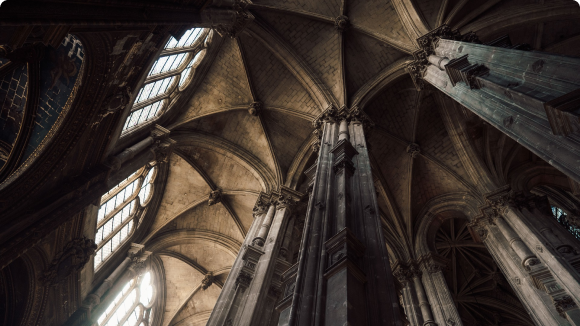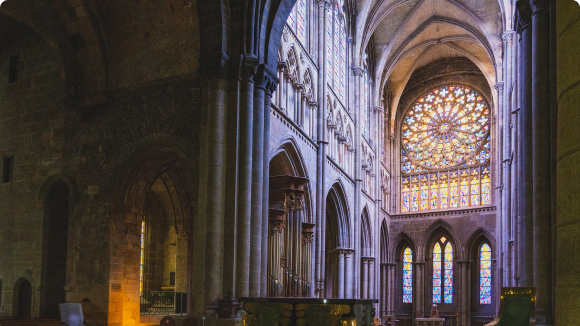Old Testament
Genesis
Exodus
Leviticus
Numbers
Deuteronomy
Joshua
Judges
Ruth
1 Samuel
2 Samuel
1 Kings
2 Kings
1 Chronicles
2 Chronicles
Ezra
Nehemiah
Esther
Job
Psalms
Proverbs
Ecclesiastes
Song of Solomon
Isaiah
Jeremiah
Lamentations
Ezekiel
Daniel
Hosea
Joel
Amos
Obadiah
Jonah
Micah
Nahum
Habakkuk
Zephaniah
Haggai
Zechariah
Malachi
New Testament
Matthew
Mark
Luke
John
Acts
Romans
1 Corinthians
2 Corinthians
Galatians
Ephesians
Philippians
Colossians
1 Thessalonians
2 Thessalonians
1 Timothy
2 Timothy
Titus
Philemon
Hebrews
James
1 Peter
2 Peter
1 John
2 John
3 John
Jude
Revelation
WELCOME TO GREEKMYTHCREATURES.ORG!
Welcome to an intuitive and user-friendly experience where searching the Holy Bible is seamlessly integrated for ease and enlightenment.
HOW TO USE GREEKMYTHCREATURES.ORG?
Use our user-friendly navigation to move seamlessly between the Old and New Testaments. Bookmark sections and dive into insightful commentary for a richer reading experience.
Recommend Reading

Seven Powerful Ways of Thinking in the Bible
German writer Goethe said that all my profound thoughts come from my belief in the Bible; my moral life and literary works are all guided by the Bible. The Bible is the most reliable and powerful capital in my life, and it is really an inexhaustible treasure house. Understanding these 7 kinds of thinking in the Bible can help you embark on a path of understanding and have lively hope in life.
Read More 

Greed in the Bible
The concept of coveting in the Bible is highly significant for understanding its morality and ethics. Essentially, coveting is having a strong longing for what belongs to others. This simple yet profound concept, deeply rooted in Biblical teachings like the Ten Commandments, reveals much about human nature and spiritual expectations.In this article, we will take a deeper look at greed as described in the Bible.
Read More 

What does the Bible say about judging others
In our daily lives, we often find ourselves in the position of passing judgment on others. Whether it's a quick assessment of someone's behavior, appearance, or choices, we seem to have an innate tendency to form opinions and judgments. But what does the Bible have to say about this all-too-common human trait?
Read More 

Revelation from the Stories of People Who Overcame Suffering in the Bible
In the Bible, there are many people who have experienced suffering. They showed admirable tenacity and courage in difficult situations. With their faith and strength, they turned suffering into grace, making life and living more abundant and meaningful. Next, let us learn how they faced suffering, got out of difficulties, and made life better.
Read More 
View All
For readers who love personalization, GB WhatsApp might be a great tool worth checking out,Download GB WhatsApp APK Now!